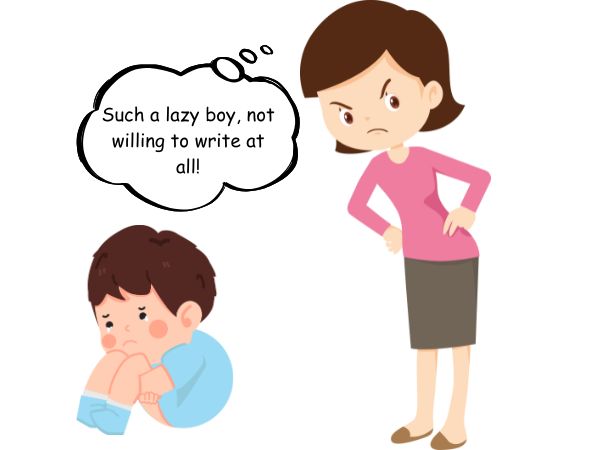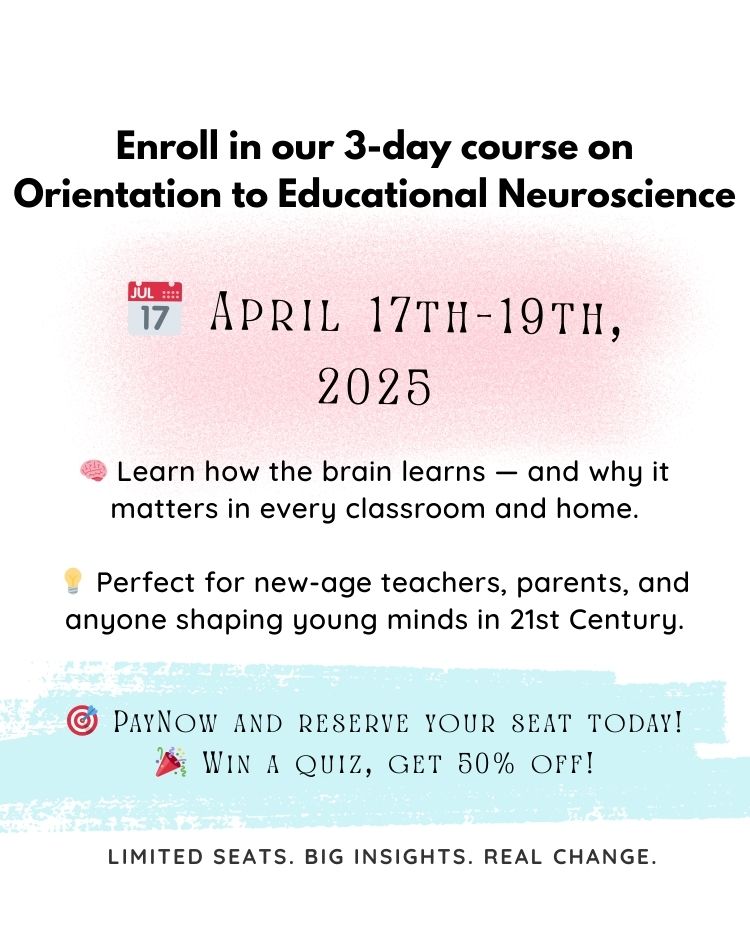In a quiet classroom in Bangalore, a teacher stood frustrated. Aarav, a bright-eyed 8-year-old, had once again refused to write. His books remained blank, his gaze distant. His teacher labeled him “lazy.” At home, Aarav’s parents were equally baffled. “He just doesn’t care,” they said, tightening the rules and pushing harder.

But the truth was something no one had paused to consider.
When Aarav was finally assessed by an educational specialist, the diagnosis was clear: mild dysgraphia—a learning difference that affects handwriting. His mind was agile, his curiosity deep, but his fingers couldn’t keep up. Once his teachers understood this, strategies changed. He was allowed to type, to express orally, to learn in ways his brain could embrace. Within months, Aarav was thriving.
This story isn’t rare. It’s a reflection of a larger truth: we must understand the brain before we teach the child.
Neuroscience Changes the Game
A child’s brain grows through love, safety, and connection—not pressure. Every brain is unique, and learning works best when it feels safe and joyful.
Understanding First. Teaching Next.
When we pause to understand a child—what excites them, what fears they carry, how their brain works—we stop teaching at them and begin growing with them. We replace discipline with dialogue, frustration with empathy, and rote methods with personalized strategies.
As educators and parents, we often carry the best intentions. But intention without insight can lead to harm. Neuroscience isn’t just science—it’s a bridge to the human behind the behavior.
The Call to Change
We no longer live in an age where information alone defines success. The world now values adaptability, emotional intelligence, critical thinking, and empathy.
To raise and teach children who are not just academically successful but emotionally whole and mentally resilient, we must understand the architecture of their minds. Only then can we build learning that lasts, and relationships that heal.
Because every child is not just a learner—they are a universe waiting to be explored.
And the first step is to understand.
Join the Journey: Understand Before You Teach
Inspired by Aarav’s story? It’s time to see every child differently.

